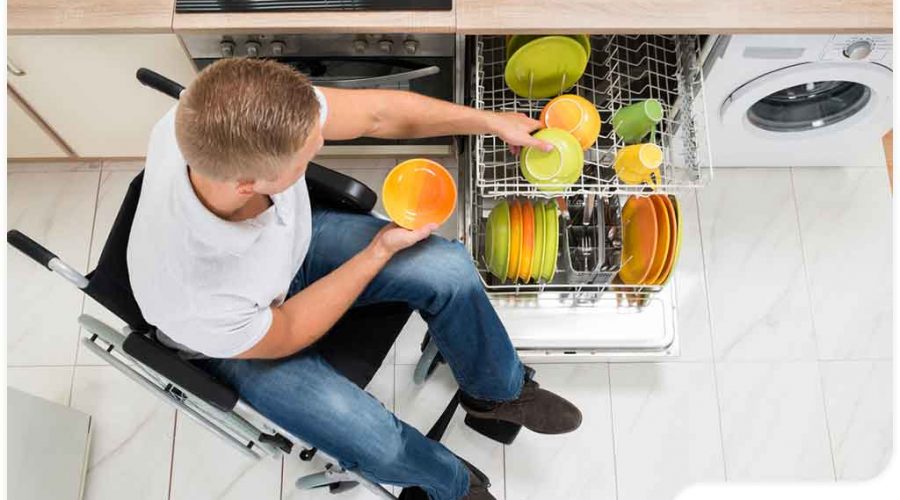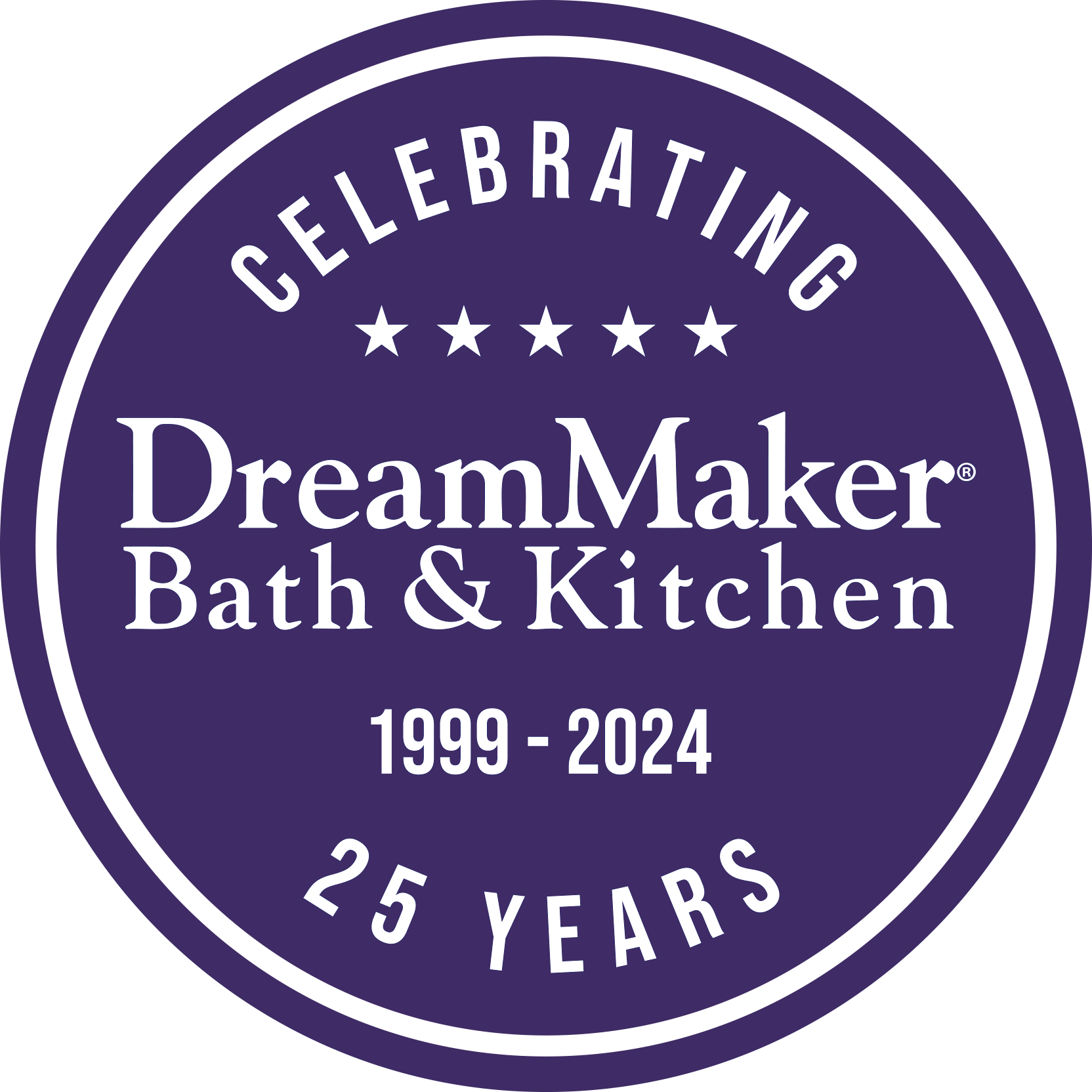
When designing a kitchen, considering the end user is always essential. A functional, accessible kitchen space should boost the quality of life of homeowners who are using mobility devices such as wheelchairs, canes or walkers. Today, the kitchen remodeling pros of DreamMaker Bath & Kitchen of Wilmington take a look at the principles behind accessible kitchens, as well as certain design considerations to keep in mind.
The Principles of Universal Design
Accessible kitchens follow the concept of universal design, which takes into consideration the diversity of the end user. In essence, the kitchen space should be designed in such a way that it accommodates a wide range of individual preferences and abilities. In other words, it should evolve with the needs of the individual throughout all stages of life.
In the context of kitchen design for users of mobility devices, the whole space must be used efficiently and comfortably while minimizing sustained physical effort and the adverse consequences of accidental or unintended actions.
Things to Consider
Remodeling a kitchen intended for people using mobility devices requires careful planning. There are certain requirements for appliances, workspaces and storage. Here are some of the things to consider when designing an accessible kitchen:
- The height of the countertop must be lower than the standard 36 inches. It should not have any obstructions at the base to allow for knee and toe clearance. Even so, that doesn’t mean it can’t have storage—pull-out shelves just below the countertop help create easily accessible working space for food preparation.
- A sink with an open space underneath allows easy access for wheelchair-bound individuals. However, be sure that the drain is placed in the rear of the sink. As for the faucet, a single-lever design is most suitable.
- Doorways that connect the kitchen to the rest of the home must be large enough for a wheelchair or walker user. Doors should have swing-clear hinges and a lever-style handle to make them easier to open.
- Appliances are most convenient when placed at a lower height—about 31 inches from the floor. Also, consider how the units will be used. The oven, for example, must be opened sideways to allow a seated cook to put in and pull out food. Making the dishwasher accessible from either side is another important consideration.
Let’s Start a Conversation!
As the leading kitchen remodeler in Wilmington, NC, and the surrounding communities, DreamMaker Bath & Kitchen takes a distinctive, full-service approach to each remodeling project. Contact us today so we can discuss your accessible kitchen plans! Call (910) 212-5889 or fill out our contact form to get started.








